Caravan heaters – electric vs diesel vs gas
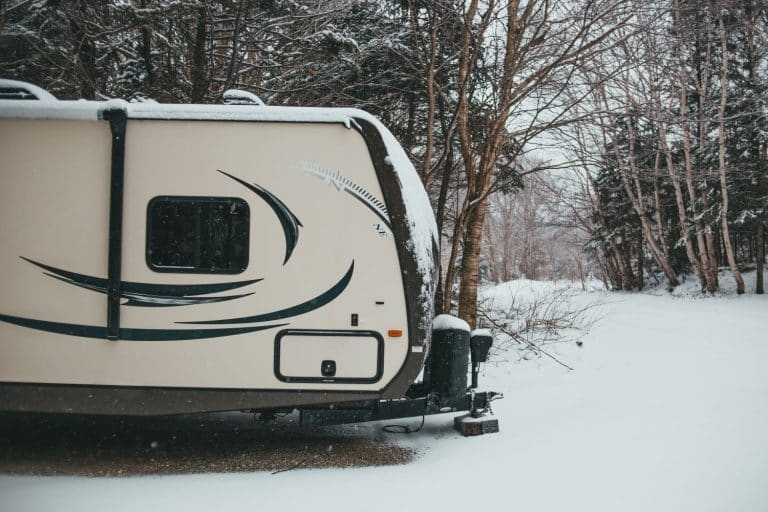



Caravan heaters are a big comfort when travelling in colder areas of Australia. But which type of heater is best for your caravan?
The answer is not a one size fits all approach; it depends on your budget, existing equipment and power supply. I’m going to walk you through the main types of caravan heaters so you can make an informed decision before you invest in a heater.
Gas, diesel and electric are the three main types of caravan heaters. They vary wildly in cost and each has its own pros and cons. Here’s a more in-depth explanation for each option.
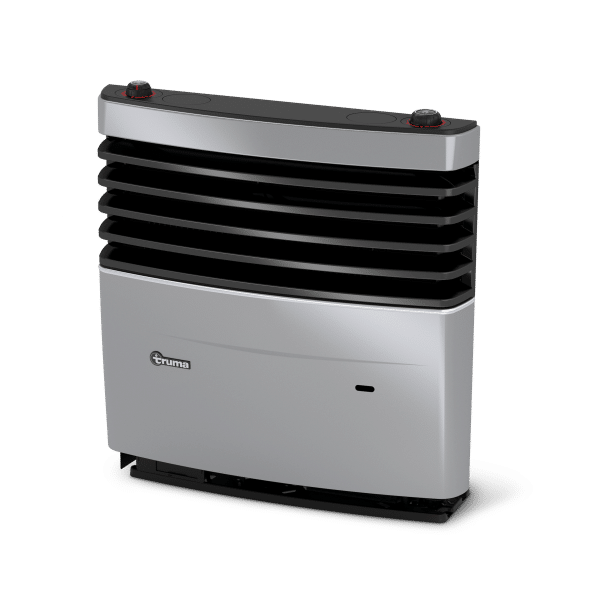
Caravan heaters fuelled by LPG (Liquefied Petroleum Gas) are a popular choice. The gas flows from the cylinder through to the heater where it ignites, creating an open flame. This flame heats up the surface area of the heat exchanger which in turn, heats up the air that is drawn from the cool cabin. This heated air is then distributed back into your caravan living area to make it toasty warm.
The reason gas caravan heaters are so popular is that many caravans are already hooked up to gas for other appliances. This means that you can simply connect your heater to the existing gas tank. Electricity is still required to run the fan but it’s minimal, so it can be run on 12V power.
One important note about gas heaters is that it is illegal to fit them yourself. Due to safety reasons, they must be installed by a certified gas installer and there are limitations as to where they can be placed inside the caravan. This is one install that should be left to the professionals.
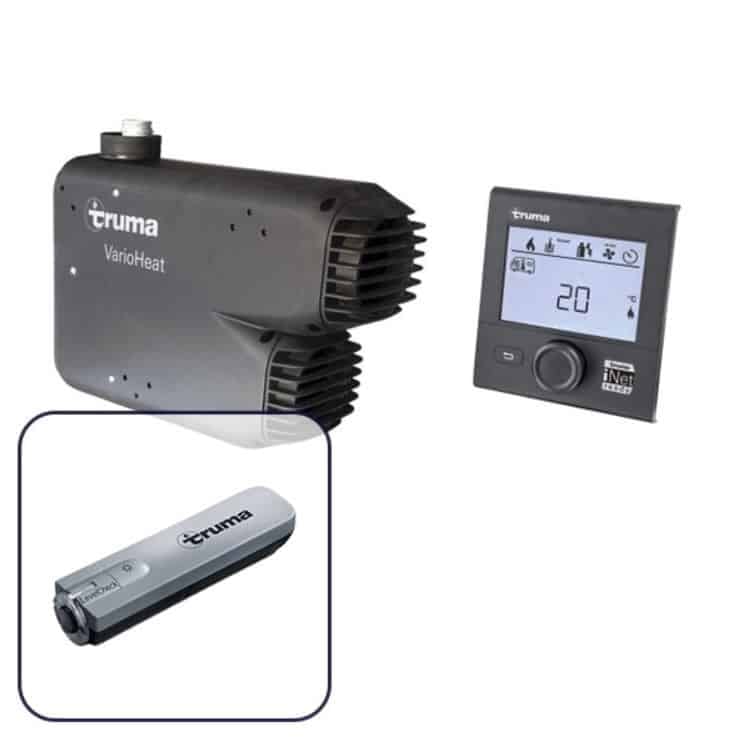
Diesel heaters are small and produce clean dry heat. They are considered safer to use than gas because diesel itself is less volatile and less likely to ignite and cause an explosion. Both gas and diesel produce carbon monoxide, but it’s less of an issue with a diesel-fueled heater.
A diesel heater works by drawing air from an external intake pipe, which is then passed into the heater’s combustion chamber. It mixes with the diesel and is ignited to heat up the large surface area of a heat exchanger. Like the gas process, an internal blower draws cool air from the cabin past the heat exchanger where it is warmed up and then blown back inside the cabin to keep you at a comfortable temperature.
You can install a diesel heater yourself but like gas, 12V electricity will still be required to run the system.
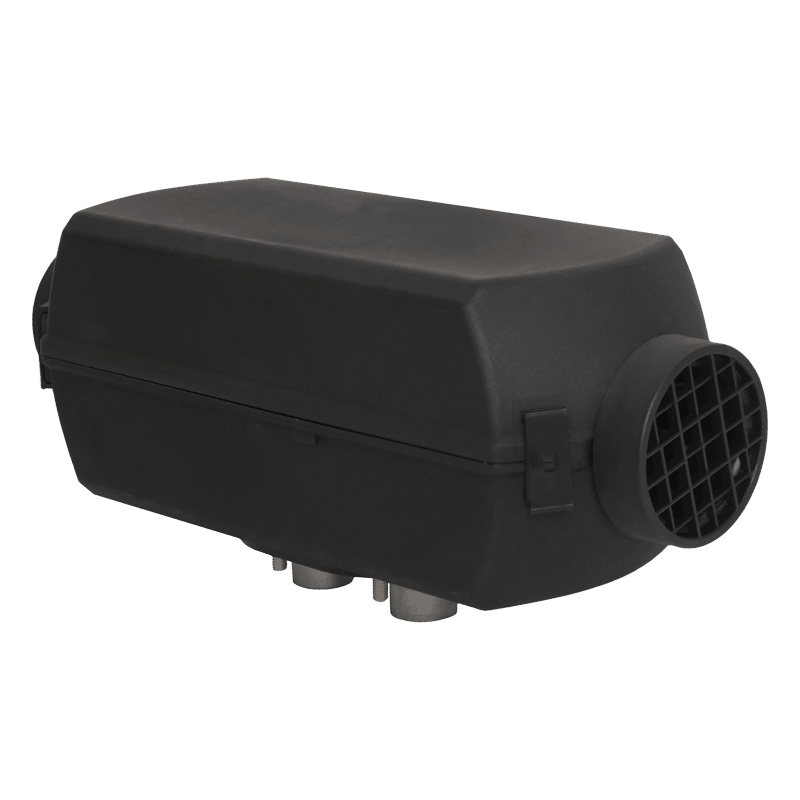
There are two main options for electric caravan heaters: small portable space heaters and reverse cycle air conditioners. Both usually require access to 240v power and even then, you run the risk of tripping the safety switch when used in conjunction with other appliances.
Electric heaters can be run off-grid with a generator or lithium battery bank via an inverter but it comes at a cost as both generators and lithium batteries are expensive. Generators are also incredibly noisy and good camping etiquette dictates you wouldn’t use one at night anywhere near other campers.
Small portable space heaters are the cheapest option but you need to have the space to both store and place it when in use. They work by circulating the air across a heating element (usually either ceramic plates or metal coils) and then an inbuilt fan blows the heated air around the room.
A reverse-cycle air conditioning system is more versatile as you can cool your van in the hotter months. They do a great job of keeping to a set temperature but are known to make the air become dry.
A reverse-cycle air-conditioner works by reversing the flow of the refrigerant (a cold liquid) used to cool the van. The refrigerant is pumped down through chambers and into a condenser by a compressor. As its being compressed, it warms up, thus creating your nice hot air. A fan then pushes this toasty hot air out to warm up your caravan space.
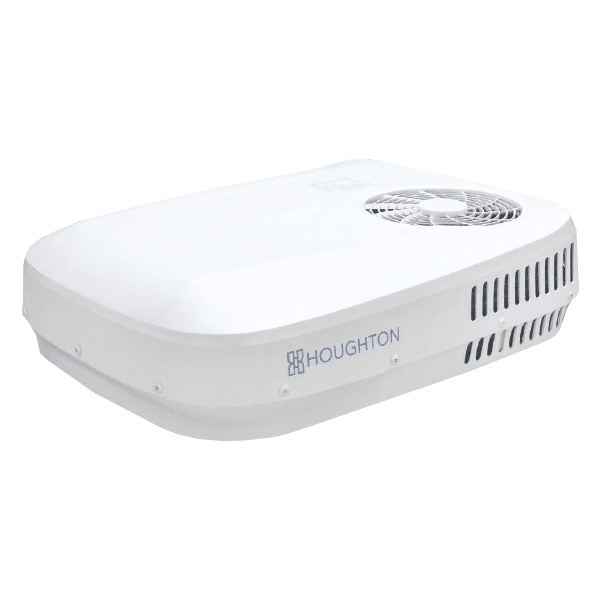
If you always stay in powered sites at caravan parks, this is a comfortable option for heating your caravan.
Combination caravan heaters are becoming increasingly popular. A combination heater is a gas space heater and water heater all in one. A small water tank is integrated within the heater and you would usually have the option to heat the water independently of the caravan space in summer when it’s not required.
This article contains affiliate links to products. We may receive a commission for purchases made through these links.
Very good – “to the point description’ of heating options for caravans and mobile homes.
HOWEVER – one point that was missed in the “CONS” section of air conditioning systems for heating – and air conditioner is useless BELOW 3oC.
The photo shown of the caravan covered in snow, is exactly my point. We experienced that exact same predicament in Cradle Mountain 6 years ago, and are back in Tasmania for another 12 months. Air conditioning is perfectly fine from 5oC and above, but diesel heating is the ONLY option otherwise. While diesel is now rising in price to use as a heating fuel, it is still reasonably economical – and very practical – when staying off grid.
HOWEVER – Tasmania from March through to September, ONLY offers about 4 hours of good quality solar charging if you are thinking of coming here.
So bring a generator or plug into a caravan park. NO OTHER OPTIONS!!